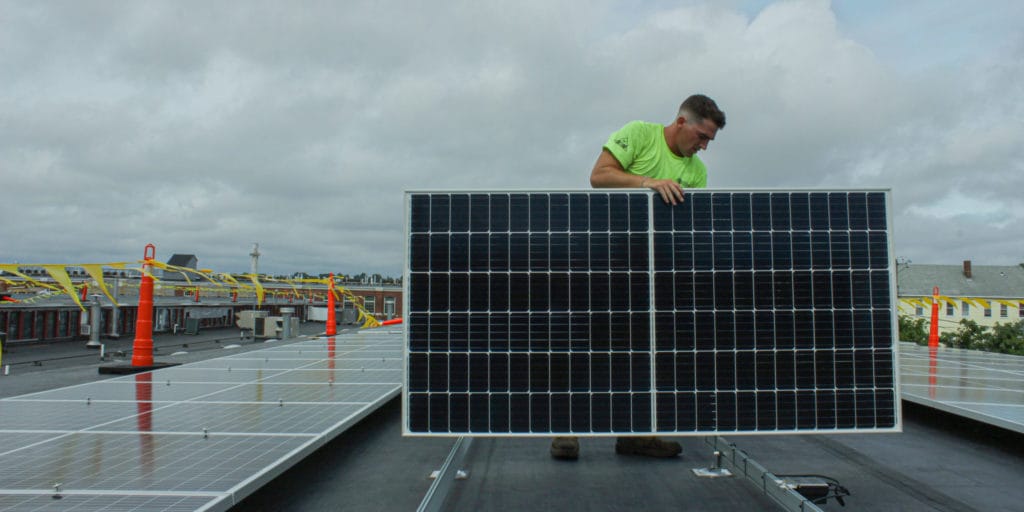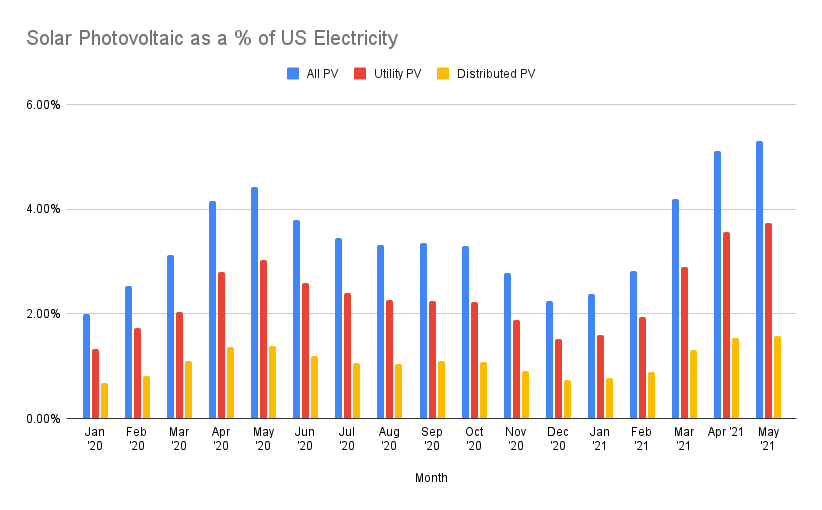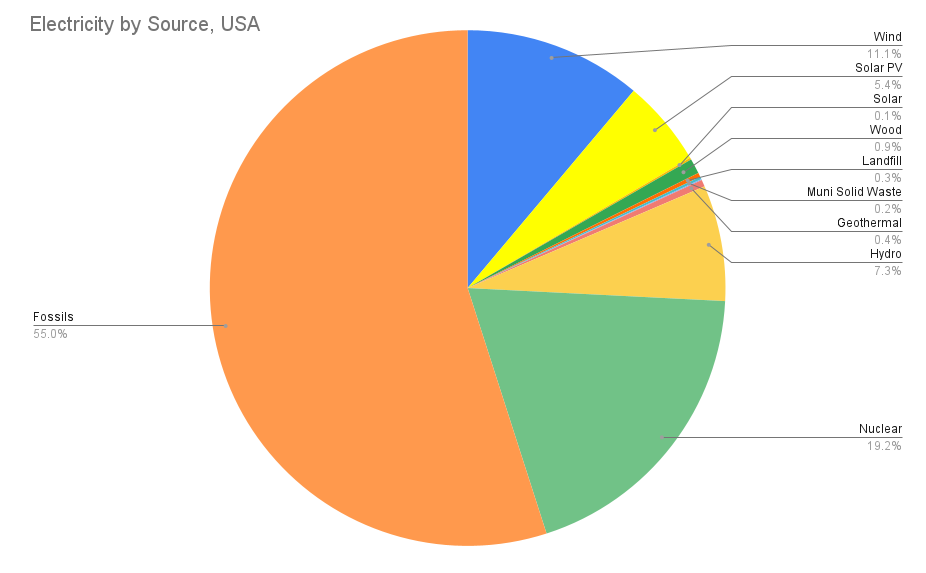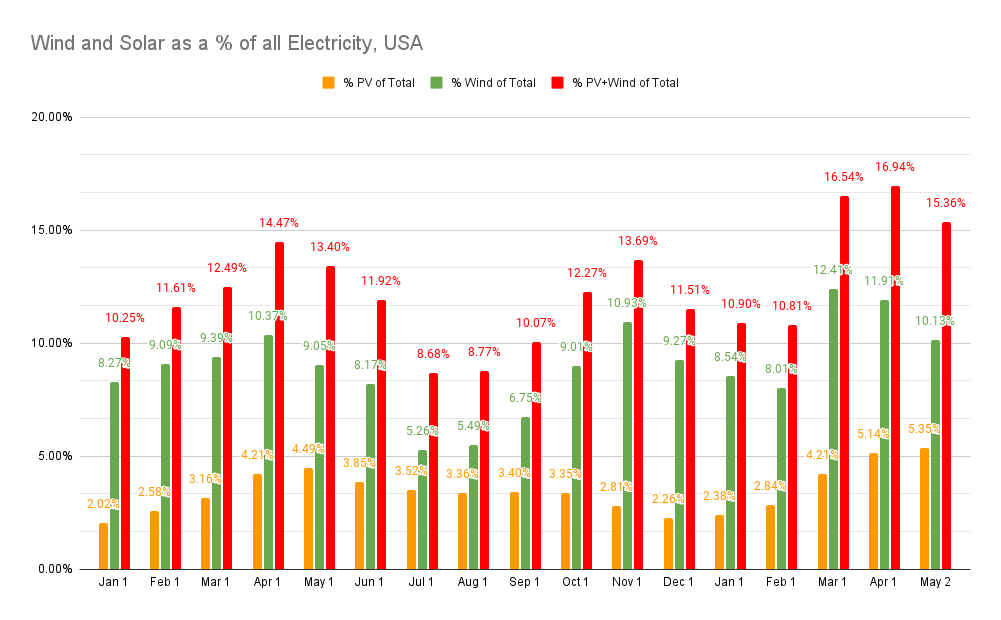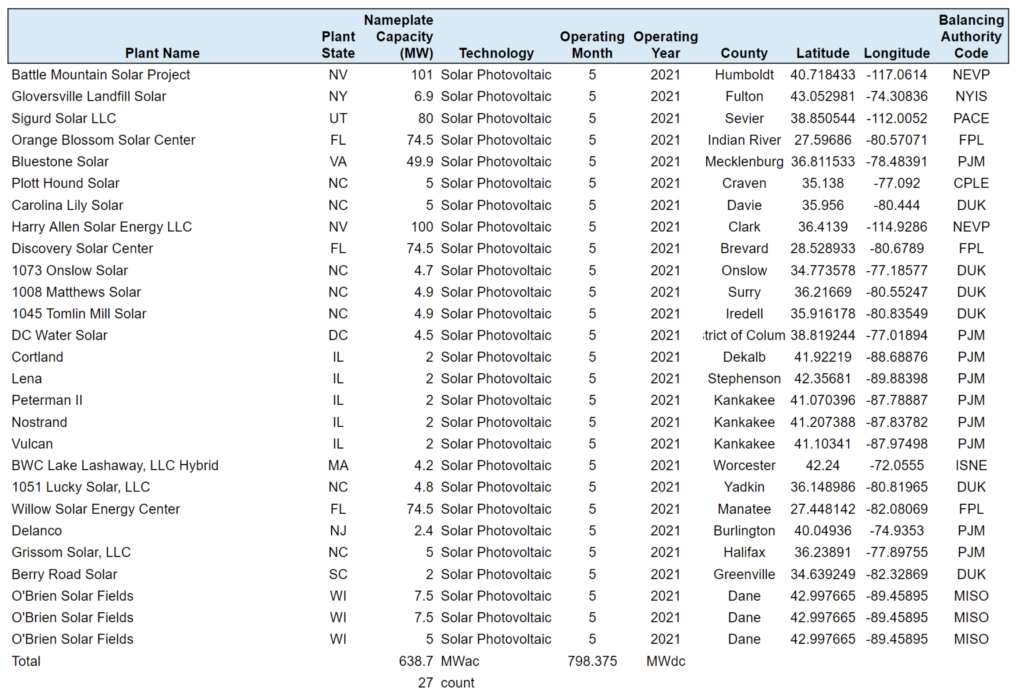
Net metering is a valuable tool for businesses looking to reduce energy costs and embrace sustainable practices. By allowing commercial solar system owners to receive credits for surplus electricity they generate, net metering enables them to offset energy consumption and even spin the utility meter backward. In addition to reducing costs, net metering promotes sustainable energy practices.
In this article, we will explore the workings of net metering, highlight its benefits, and provide insights on how businesses can maximize its advantages. Whether you’re new to the concept or seeking ways to optimize your commercial solar system, this comprehensive guide will give you the knowledge you need to navigate the world of net metering successfully.

Understanding Net Metering
Net metering is a regulatory policy and incentive program that allows commercial solar system owners to receive credits for excess electricity they generate and feed back into the grid. These credits offset their energy consumption and effectively spin the utility meter backward. This encourages companies to invest in renewable energy sources like solar power and generate their own energy.
How Does Net Metering Work?
When a solar system generates more energy than the building requires, the excess electricity flows back into the grid. A bi-directional meter measures the net difference between energy consumed and energy generated. The facility is then credited for any surplus energy generated, which are called solar credits.
Companies can still pull electricity from the grid when needed, such as at night when solar systems generate less energy. The credits from the net amount consumed are subtracted, and the facility is billed only for its net energy consumption.
How is Net Metering Different from Gross Metering?
It’s important to understand the difference between net metering and gross metering. Gross metering is an arrangement where commercial solar system owners are billed separately for their total energy consumption and compensated for their total energy generation based on a predetermined feed-in tariff rate.
Net metering provides credits and allows for a simplified, single bill. Gross metering, on the other hand, requires separate billing and compensation systems.
Benefits of Net Metering for Commercial Solar Systems
Net metering offers numerous benefits for commercial solar systems, including:
Reduced Energy Bills: Net metering can significantly reduce energy bills, depending on the facility’s energy consumption and the solar system’s size and output.
Environmental Sustainability: By promoting the adoption of renewable energy sources, net metering encourages companies to reduce their reliance on fossil fuels and decrease greenhouse gas emissions.
Energy Independence: Commercial solar system owners can achieve energy independence by generating their own energy and being less affected by energy price fluctuations, outages, and grid failures.
Revenue Stream: Net metering can create a revenue stream for companies with excess energy production. Credits for surplus energy can offset initial investment costs, contribute to ongoing expenses, and generate additional income.
Maximizing the Benefits of Net Metering
To maximize the benefits of net metering for your commercial solar system, consider the following strategies:
Proper Sizing and Design of Solar Systems: Before investing in a solar system, conduct an energy audit to understand your facility’s energy needs. Consider factors such as available space, shading issues, and local climate conditions. Plan for future growth to avoid costly upgrades or additions.
Optimizing Solar System Performance: Choose high-quality solar panels and equipment from reputable brands. Regularly maintain and clean the panels, inspect electrical connections, and ensure that all equipment functions properly. Install solar panels at the optimal tilt and azimuth angle to receive maximum sunlight.
Understanding Utility Policies and Regulations: Research net metering policies in your area, as they vary by state, region, and utility company. Familiarize yourself with interconnection requirements and agreements that outline the technical and contractual aspects of connecting your solar power system to the grid.
Efficient Energy Management and Consumption: Implement energy-saving measures and technologies such as energy-efficient lighting and HVAC systems. Analyze your energy usage to align energy use with peak solar production times.
Explore Additional Incentives and Financing Options: Take advantage of federal and state incentives, rebates, and tax credits to offset installation costs. Consider alternative options like a Solar Purchase Power Agreement (PPA) or leasing agreements if managing a solar system is not feasible.
Interested in net metering for solar? Caldus Energy can assist you in designing, building, and financing commercial solar panels tailored to your needs. Specializing in energy projects for commercial and industrial entities, we offer expertise in complex installations and comprehensive project financing. Partner with our experts for every stage of your energy project.
For more information on what commercial solar can do for your business .
Contact us below.



